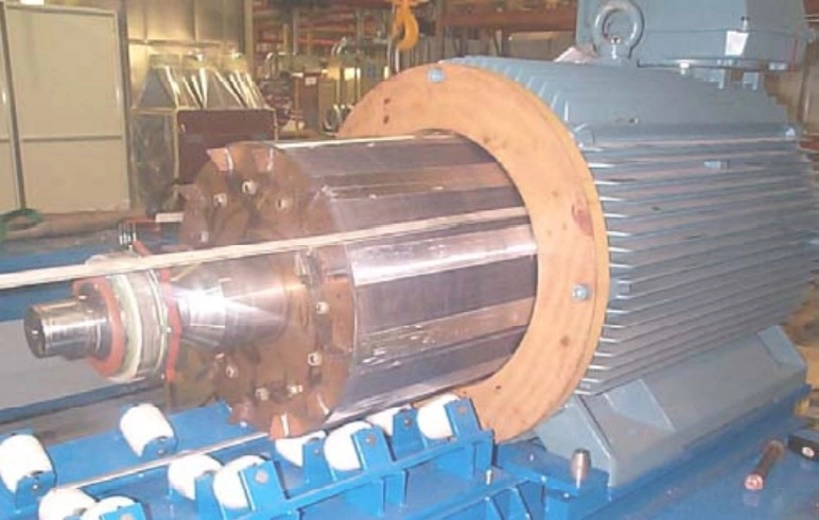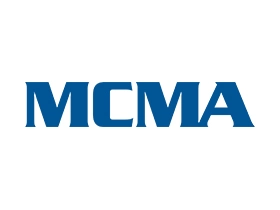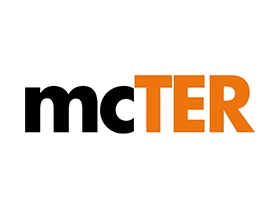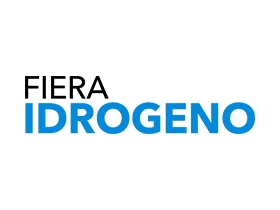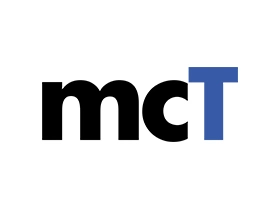6 motivi per scegliere i sistemi di trasmissione diretta per la tua cartiera
Redazione - ABB
Drives are an integral part of pulp and paper operations and need to run reliably every single day, according to the precise demands of the process. If you strive for the highest availability with the lowest possible operating costs, ABB's unique direct drive technology - connected drive - is reliable from the outset, reduces electricity consumption, reaches very high horsepower at low voltage and more.
For example, because direct drive motors are synchronous, there is no motor nominal slip, which improves the control accuracy. The motor also offers a lower speed range (200-600 rpm), yet higher torque at those low speeds, helping improve control. In addition, the absence of a gearbox and other mechanical drive components dramatically reduces space and maintenance requirements, leading to more efficient operations.
Here are six reasons why pulp and paper manufacturers should consider using direct drives to optimize their operations:
1. Improve energy efficiency
Coupling the drive directly to the paper machine with permanent magnet technology (i.e direct drive) has a positive impact on reducing power consumption. Importantly, the high energy losses typically associated with gearboxes are eliminated. Furthermore, permanent magnet technology means that none of the stator current is required to magnetize the rotor, so it is a more electrically efficient solution resulting in reduced electricity consumption.
Taking into account improved electrical efficiency and elimination some of the drive mechanics, direct drive systems offer efficiency savings of up to five percent over standard induction motors, which over 20 to 30 years is substantial.
ABB's direct drive systems offer efficiency savings of up to 5% over standard induction motors
2. Improve power management
Direct drive motors can reach very high horsepower at low voltage. This is well demonstrated with ABB's patented Direct Torque Control (DTC), which enables the production of high torque at low speeds. In addition, no pulse encoders are required to operate ABB Direct Drive systems, and synchronous motors offer accurate speed control at the drive for better machine operation at low speeds.
ABB's Direct Drive solutions differentiates themselves from other permanent magnet motor manufacturers in terms of efficiency and the horsepower range they are designed to support. ABB solutions go up to 3,000 HP, while others manage only a few hundred in paper applications.
ABB solutions go up to 3,000 HP
3. Improve reliability
Gearboxes are not known for their reliability past 20 years. And to achieve that, they require regular lubrication and mechanical maintenance, whereas direct drive motors - by eliminating gearboxes - can expect a greatly extended bearing life (ABB bearing solutions typically last up to 200,000 hours or 23 years). By providing a system that is reliable from the outset, users can be sure that it will remain reliable two decades or more down the road.
AC permanent magnet motors have proven high performance and flexibility at 200-600 rpm and are reliable due to fewer moving parts. Lower motor rotating speeds help boost production as they allow essential sections of the process to run slower and with more accuracy. Furthermore, pulse encoders increase complexity and provide more opportunities for failure whereas ABB's patented DTC solutions remove the need for pulse encoders, which improves reliability.
AC permanent magnet motors have proven high performance and flexibility at 200-600 rpm and are reliable due to fewer moving parts
4. Enable safer operations
Direct drives provide technology at higher efficiency by eliminating gearboxes. This means fewer components and simpler configurations, easier installation, and more efficient use of mill floor space. More importantly, it eliminates the maintenance safety concerns associated with gearboxes.
5. Reduce engineering costs
Eliminating a gearbox and removing the mechanical gears and pulse encoders reduces both the machine backside footprint and the engineering hours required to install and commission the drive.
For ABB, the focus is also on creating optimal dimensioning and configuration by looking at the efficiency of all components working together as a whole. This ensures the proper matching of drives and motors with process demands and also provides long-term cost reductio
6. Reduce footprint and maintenance requirements
Settori: Automazione industriale
Parole chiave: Automazione industriale
 English
English


